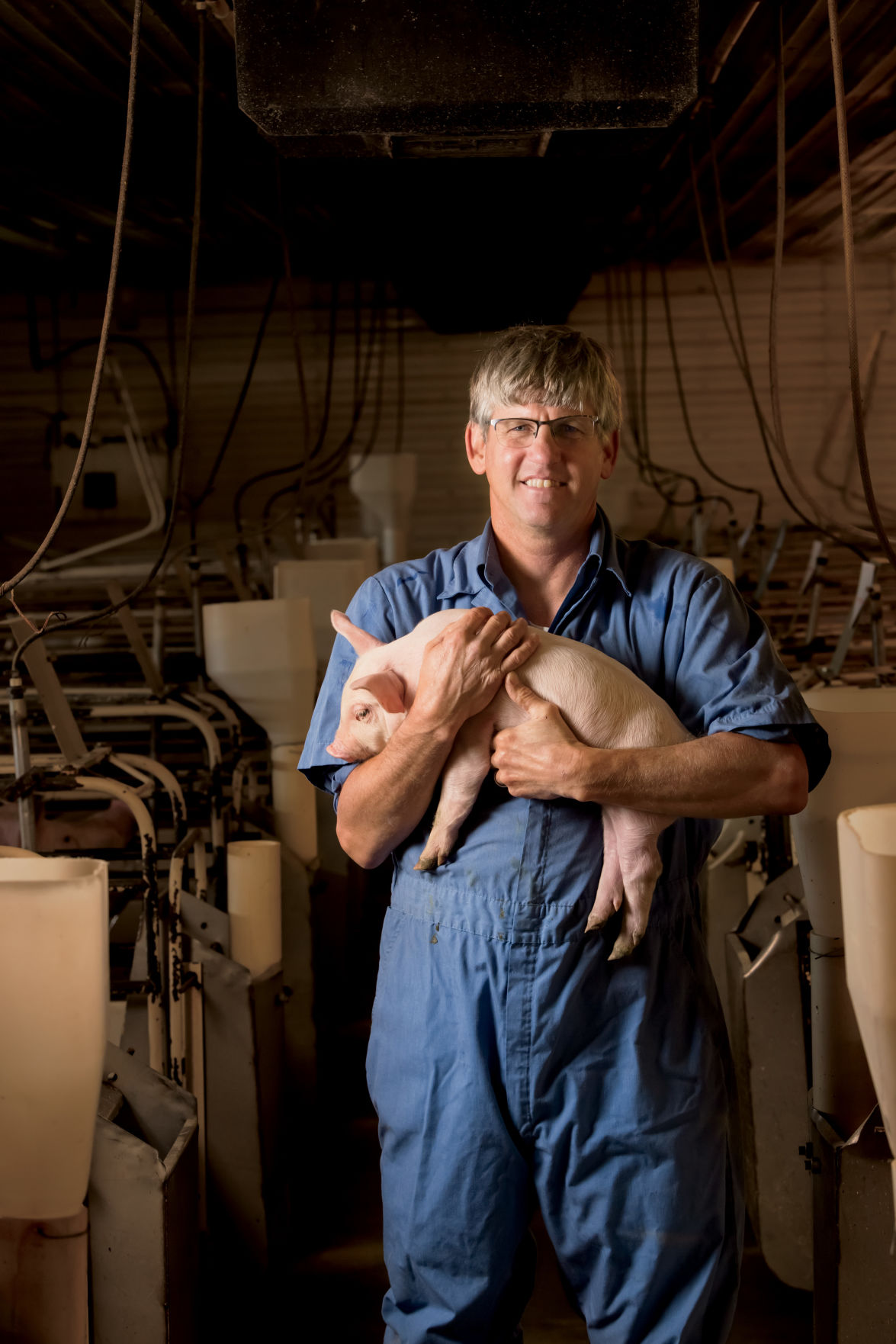To prepare for an eventual crisis, pork producers need to fit all the pieces together like a jigsaw puzzle.
Patrick Webb, director of swine health programs for the National Pork Board said a voluntary program called the Secure Pork Supply Plan can allow pork producers to continue doing business while in a disease control area provided they have no infected animals in their facilities.
“Enrolling in the Secure Pork Supply is voluntary. Producers can identify one or all of their sites in the plan so they can continue to move pigs if they aren’t dealing with a disease,” Webb said.
The Secure Pork Supply plan is a cooperative effort among the National Pork Board, the National Pork Producers Council, the American Association of Swine Veterinarians, state and federal health officials. The plan will provide procedures for pork producers, health officials, processors and government agencies in the event of a foreign animal disease outbreak.
Having a good plan in place ahead of time is important. If a foreign animal disease outbreak were to occur in the United States response will focus on stopping the spread of the disease by setting up control areas around the infected and surrounding farms and movement restrictions will be put in place. Through their involvement in the Secure Pork Supply, producers with no infected animals can eventually resume normal business operations.
Involvement requires producers to follow the program’s standards and have surveillance on their farm, an enhanced biosecurity plan and traceability.
Terry O’Neel, president of the National Pork Board and pork producer from Friend, Nebraska, has a 600-sow farrow-to-finish operation. He wants to be part of the Secure Pork Supply to get back to business quicker should there be a foreign animal disease outbreak in his area.
“There are several ways we ensure our farm is as safe and clean as possible. We practice biosecurity with a shower-in protocol. Buildings are washed down when new groups of pigs are brought in,” O’Neel said. “We buy our breeding stock from good reliable herds who have good health records.”
The pieces
The first step in the process is to receive a premise identification number from the U.S. Department of Agriculture. The premise ID shows where animals are present and can trace the movement of animals to other locations when accurate records are kept.
Having a premise ID helps animal health officials know where animals are present in the case of a disease outbreak.
“On any given day, 1 million pigs can be on the road in the U.S. The Secure Pork Supply plan helps track where those hogs are and allows collaboration to get those hogs to a secure place,” O’Neel said. “It also lets us determine how hogs not affected by disease would get to market.”
The next step is implementing an enhanced biosecurity plan for each site where pigs are located. Having good biosecurity will help prevent the entry and spread of foreign and domestic animal diseases.
Maintaining accurate movement records is not only important for animals, but also for feed, supplies, equipment, personnel and visitors. Accurate records can help trace back to when a problem began.
O’Neel said biosecurity is important on his farm. He knows where visitors to his farm have been.
“We need to be more concerned about people traveling to other countries and bringing back disease on their clothing or footwear,” he said.
Along with the health of the pigs, proper vaccinations and disease monitoring need to be done daily for fast response in the event of an outbreak.
“Having standard operating procedures followed by all employees will help this plan be successful,” Webb said.
Next steps
Webb said now is the time for pork producers to get involved and become part of the Secure Pork Supply plan.
“Producers need to go to the www.securepork.org and click on the producers link. This will walk them through each step of becoming part of this plan,” Webb said. “The data pork producers share will help get them back to business as normal after a disease outbreak.”
In the event of an outbreak, producers involved in the plan will then be asked to share their information with the state veterinarian.
“We want the producers who are not directly affected by a disease on their farm, but they are in a control area, to still be able to move pigs as needed. With the proof to the state veterinarian that they have good biosecurity, surveillance and traceability, this will happen much faster,” Webb said.
The National Pork Board has committed $8.5 million to help get this plan into place. The final piece is the swine business continuity dashboard, so producers can provide real-time access to the data they have inputted into the system. Webb expects the dashboard to go live in February 2019.
“While the Secure Pork Supply plan is voluntary, we want pork producers to seriously consider enrolling, so they will be prepared to continue business in the event of a disease outbreak,” Webb said.
“The U.S. has not experienced a disease such as foot-and-mouth since 1929,” O’Neel said. “But if FMD, African swine fever or another FAD hits, the Secure Pork Supply plan will pay big dividends by helping production get back to normal faster.”
Jennifer Carrico can be reached at 515-833-2120 or [email protected].

